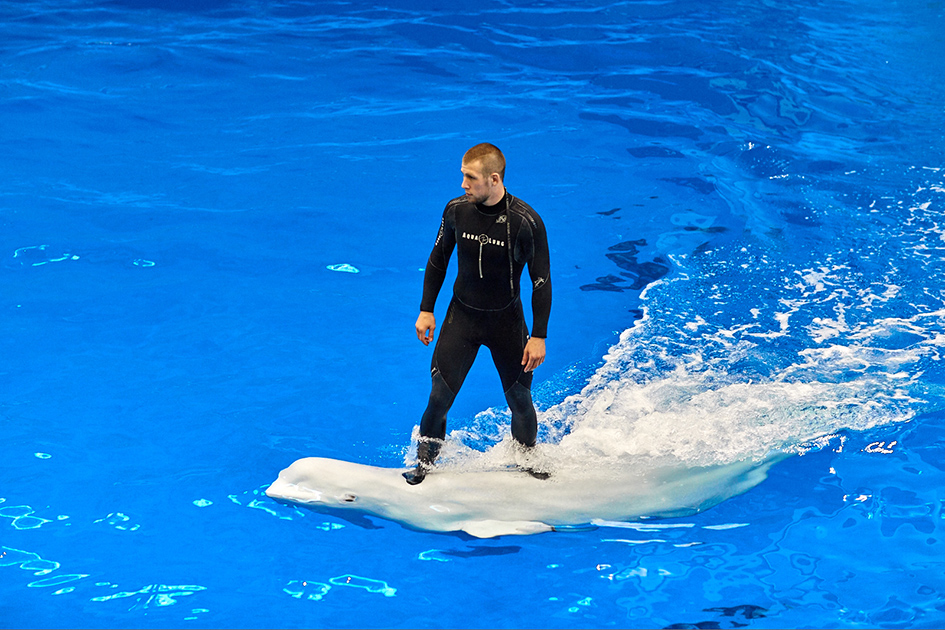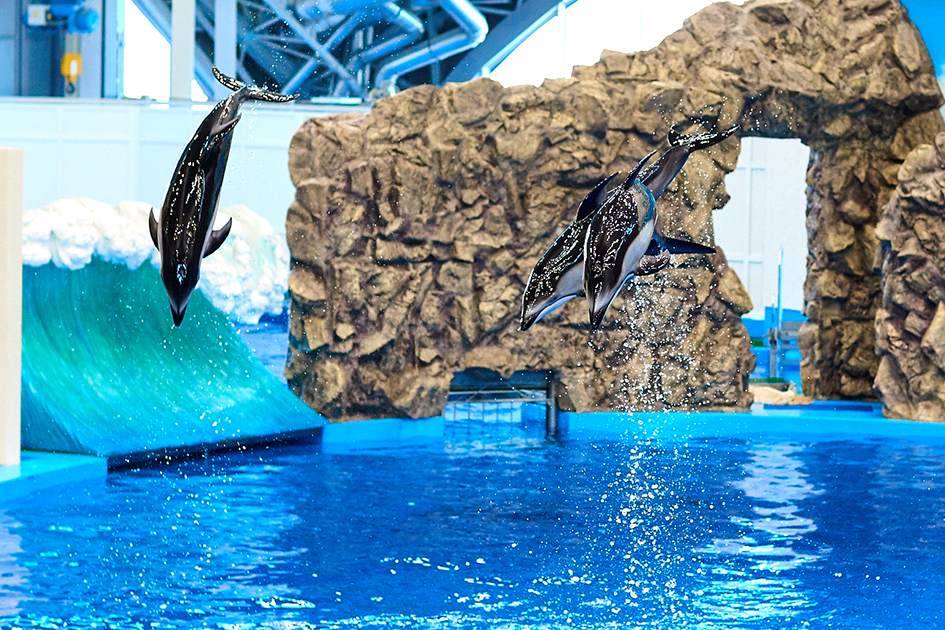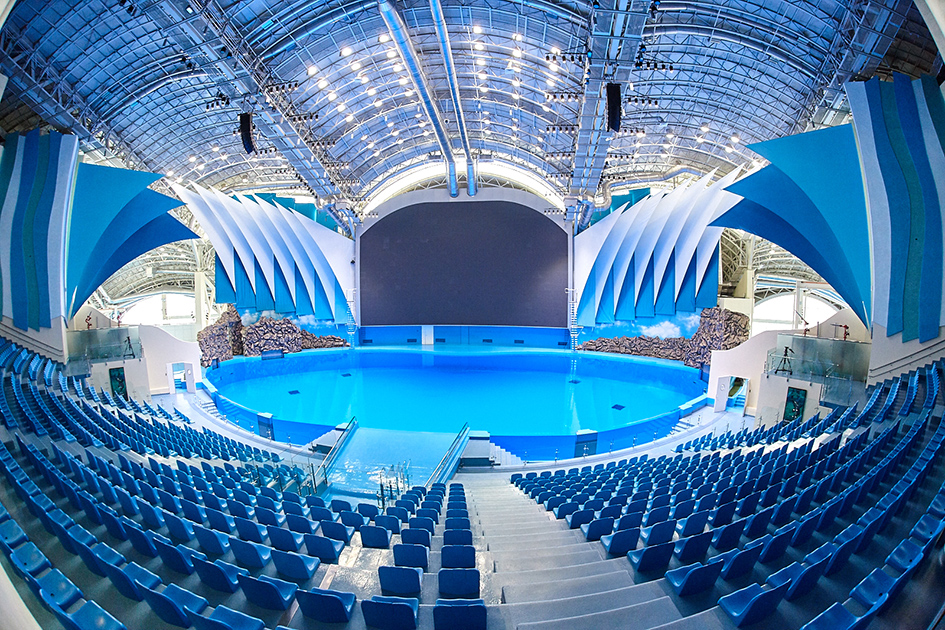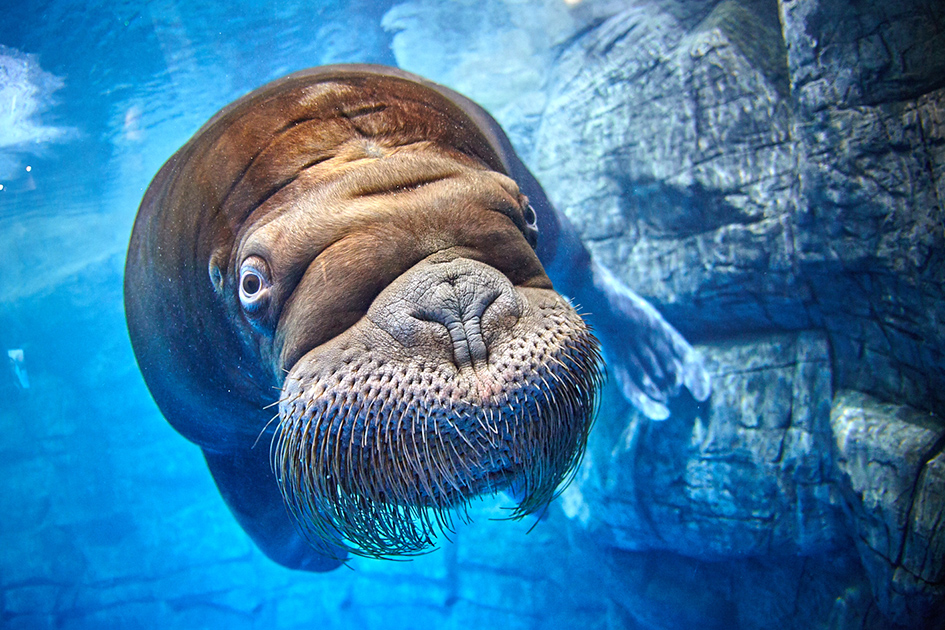Ocean of Exhibits and Scientific Facts
Primorsky Aquarium
Primorsky Aquarium does not need advertising. The history of its construction has been an advertisement — as has the story of when the presidents of three countries were among its first visitors.
President Vladimir Putin lingered a while by the model of a “Mir-1" submersible, and told his counterparts about how he went down to a depth of 2500 meters in one on Lake Baikal. In the hall dedicated to the emergence of life in the oceans, when she saw horseshoe crabs that have lived on the earth for 450 million years, the president of the Republic of Korea Park Geun-hye exclaimed, "It cannot be!"
While Japanese Prime Minister Shinzo Abe laughingly shoved his hand into the jaws of a plastic mosasaur.
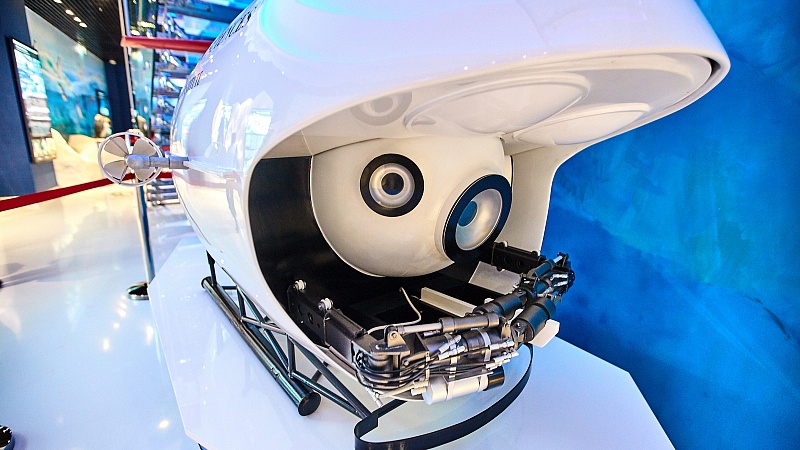
That last case went almost “viral” among other visitors, and a month later the monster stopped opening its mouth, growling, and blinking its enormous eyes. Japan's Prime Minister is forgiven, if only because he promised to donate penguins to the Primorye Oceanarium. However, other exhibit visitors are kindly requested to not touch, to not disrupt the plants in the "Tropical Rainforest" room (even if they are the orchids they really like) to not extract fish from the aquariums, and to only take pictures without a flash.
Octopi get especially anxious when photographed, so their entrance way is open for just 15 minutes every hour.
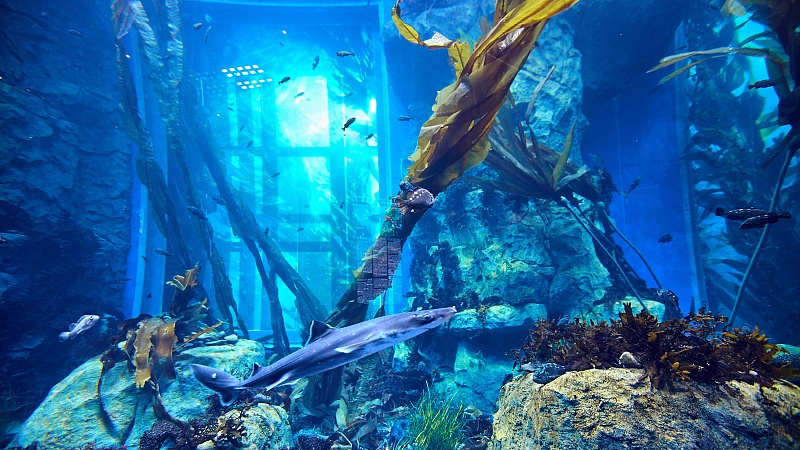
Inhabitants of the Dolphinarium are incessantly happy with the general public, but only at 11 a.m. and 3 p.m. during their open training sessions. The walrus Misha does pull-ups and push-ups. Short-beaked common dolphins make synchronized leaps six meters out of the water and walk to the shore on their fins. The beluga whale gives the trainer a ride on its back like a huge white surfboard. All for standing ovations…and well, for the fish, of course.
Each exposition has its own “stars” — Baikal seals Businka and Tuchka; northern ‘sea cats’ (seals); a nondescript tree frog, which was brought to aquarium staff after being found in a container with car parts that came from Japan; an Amur Siberian sturgeon, which grows up to 4 meters; white-bellied stingrays sailing over the heads of visitors...
In addition, there are two exhibits that require special attention, but most visitors pass them quickly by. One is a memorial plaque to animals who went extinct on earth at the hands of humans. The other is a huge glowing globe, like a magic ball that shows how our planet has changed over billions of years. Try finding Eurasia and Russia, Japanese islands, or America on it. There people have no place; there is only sea. A sea of water...
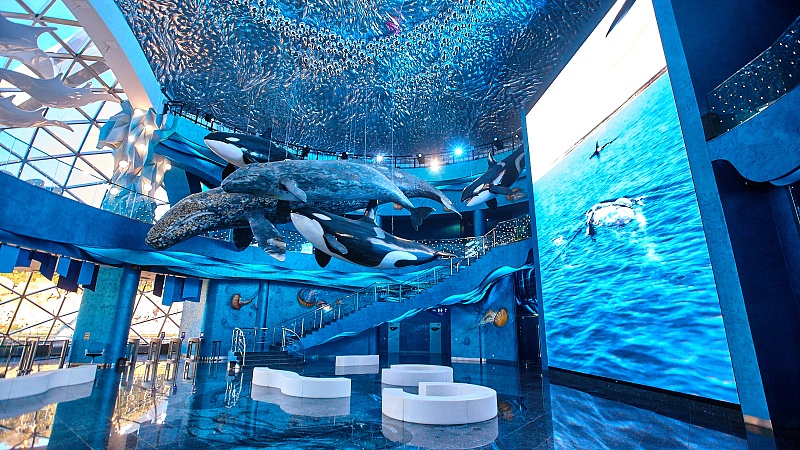
Getting There
Take a city bus numbered 15, 63, 74, 76, or 77 to the last stop "Oceanarium" on Russian Island. After exiting the bus, it is necessary to pass through a checkpoint and present tickets.
Having passed through the checkpoint, you can use the free shuttle bus that takes you to the exposition building. The bus runs every 15 minutes. If you like walking, the road from the entrance to the Oceanarium takes approximately 10 minutes.
Tickets can be purchased only at the Oceanarium. Cost of adult ticket is 700-800 rubles (weekdays), 900-1000 rubles (weekend). Cost of child ticket is 700-800 rubles (weekdays), 900-1000 rubles (weekend and public holidays). Children under 7 years of age are free of charge (valid ID required).
Working hours are from 10:00 to 20:00. Visitors’ admission to the area stops at 6:15 p.m. Closed on Mondays. Wednesdays are reserved for school groups (except for the summer period: from June 1st to August 31st Primorsky Aquarium is open on Wednesdays for all visitors).
If you liked this article, share it with friends:
Come to Vladivostok!
We recommend
Nature and Animals
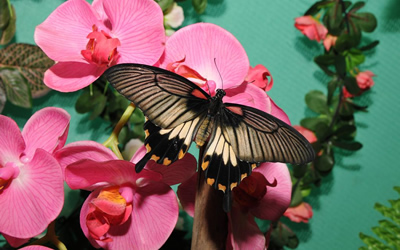
THE BUTTERFLY HOUSE
Created by an enthusiast of tropical oases; a place where you can plunge into a vivid world and shake off the worries of the day.
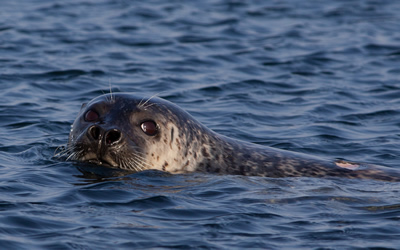
Spotted seals — what amazing neighbors!
You can observe these cute creatures following simple rules: do not come close, do not feed and do not frighten them. Admiring and taking photographs from a distance – it’s allowed.
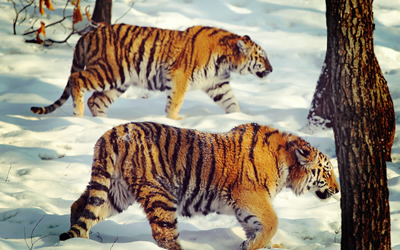
Primorye Safari Park
To see the animals of the Ussuri taiga, you do not necessarily have to go into the wilds of the Sikhote-Alin.
